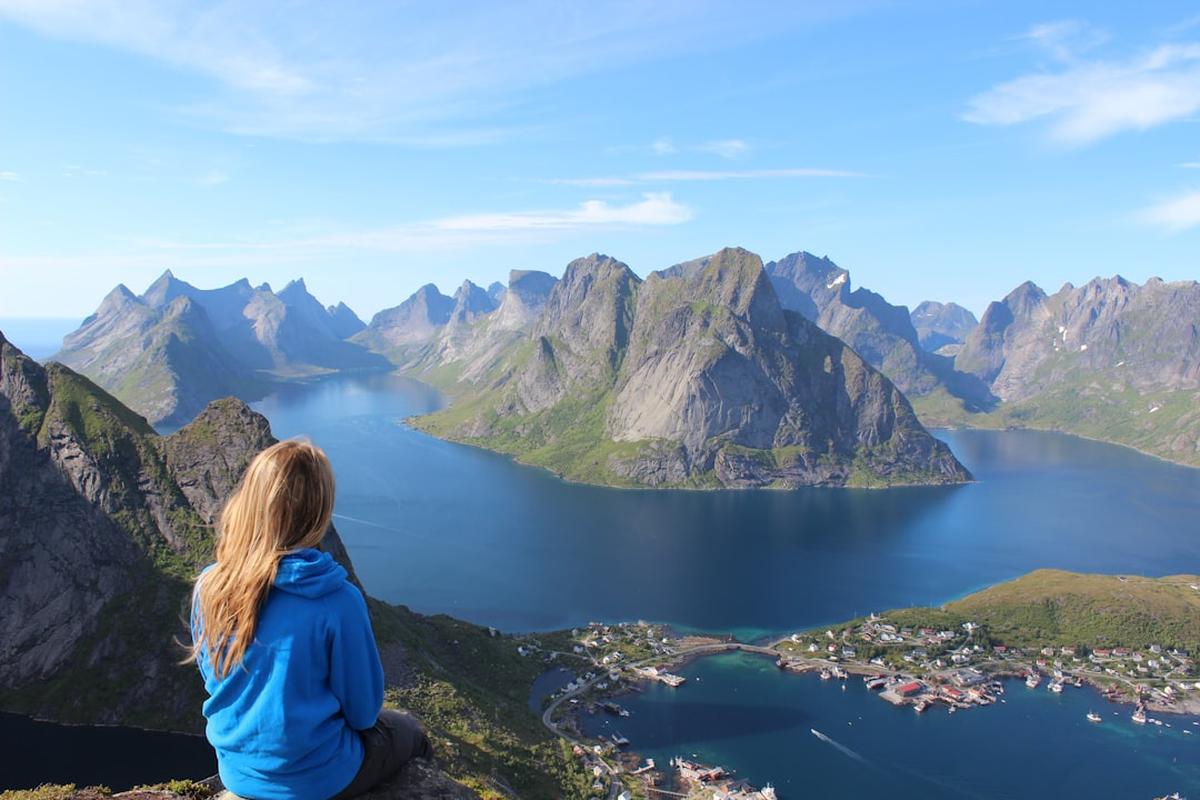Introduction to Ecotourism: Understanding the Basics and Importance
Ecotourism offers a more rewarding and sustainable way to explore the world. At its core, this form of responsible travel focuses on experiencing and learning about natural environments and wildlife, while promoting conservation efforts and supporting local communities. By choosing eco-friendly activities led by knowledgeable local guides, travelers can minimize their negative impact and gain a deeper appreciation for the destinations they visit.
The benefits of ecotourism are many. It provides educational opportunities, allowing visitors to immerse themselves in the local culture and gain a better understanding of the natural world. Eco-friendly activities, such as wildlife watching, hiking, and snorkeling, not only offer unique and memorable experiences but also contribute to the preservation of fragile ecosystems. Moreover, ecotourism supports local communities by creating economic opportunities and encouraging the preservation of traditional practices.
Destinations that have embraced ecotourism are reaping the rewards. Costa Rica, Borneo, and the Galapagos Islands are just a few examples of places where responsible tourism has helped to protect natural habitats and empower local populations. Travelers can further reduce their carbon footprint by opting for sustainable transport options, such as walking, cycling, or using electric scooters and bikes, which are now available in over 260 cities across Europe.
While the travel industry has faced challenges in maintaining cultural and environmental integrity, the COVID-19 pandemic has served as a reset, allowing ecosystems to recover and prompting a reevaluation of strategies. As more travelers seek out eco-friendly experiences, the demand for sustainable tourism is on the rise, creating a triple multiplier effect that benefits local economies, preserves cultural traditions, and safeguards natural heritage. 1 2
 Photo by Jérémie Crémer on Unsplash
Photo by Jérémie Crémer on Unsplash
Top Ecotourism Examples Around the World: Destinations You Must Visit
Ecotourism is more than just a buzzword - it’s a cool way to travel that lets us explore the world while protecting its natural wonders. From the beautiful forests of British Columbia to the amazing islands of the Seychelles, there are tons of places that show how awesome sustainable tourism can be.
The Thompson Okanagan region in Canada is leading the way, being the first Biosphere Certified destination in the Americas. Here, the community follows the Seven Affirmations for Seven Generations to keep the land safe for the future. Similarly, Brevard in North Carolina has lots of waterfalls and public lands, showing how nature and human activity can coexist peacefully.
Over in the Azores archipelago in Portugal, they’re all about sustainability with cool initiatives like an eco-school and a water management plan. And the Galapagos Islands, a true natural wonder, have protected almost all of their land to make sure their unique plants and animals survive.
Ecotourism isn’t just about saving the environment - it’s also about helping local communities and making travelers feel more connected to the places they visit.
In the Dominican Republic, the Samana region is a hotspot for humpback whales, attracting visitors who want to see these amazing creatures. And North Island in the Seychelles is a safe place for the Aldabra Giant Tortoise and a key spot for endangered sea turtles to nest.
These examples show that ecotourism isn’t just a passing fad, but a movement that’s changing how we explore the world. By using sustainable practices and caring for local ecosystems, these destinations are setting a great example for the future of travel. 3 4
How Ecotourism Benefits Local Communities and the Environment
Ecotourism has become a powerful force for positive change, offering a great opportunity to help local communities and protect the environment. The numbers show it - the eco-tourism industry now makes up 7% of the global tourism market, with growth rates of 10-25% per year in the Asia-Pacific region.
In Nepal, travel and tourism contribute a huge 7.9% to the country’s total GDP, bringing in over $746 million annually and creating 1.05 million jobs. More than 70% of locals are really interested in ecotourism, seeing its potential to make a difference. Over 92% think that infrastructure development in their area is because of ecotourism, and most believe it has helped them learn more.
The benefits go beyond just money. In Costa Rica, the number of foreign tourists visiting national parks went up by a huge 330% between 1985 and 1991. Zimbabwe has seen a threefold increase in international tourist arrivals, mostly eco-tourists, while tourism receipts quadrupled between 1985 and 1994. These numbers show how ecotourism can drive sustainable development and conservation efforts.
- Tourism makes up 10.4% of total global GDP, around $8.8 trillion annually, and creates 319 million jobs worldwide.
- In Rwanda’s Parc des Volcans, tourists pay $170 to spend one hour with lowland gorillas, bringing in $1 million each year for the Rwandan government to support the management and operation of all of Rwanda’s protected areas.
- In Madagascar, park authorities give 50% of park-entrance fees to local communities for sustainable development projects.
Ecotourism does have its challenges, though. In the Annapurna region of Nepal, only 10% of what trekkers spend stays in the local economy because many goods are imported. Also, over 83% of locals think that ecotourism is responsible for creating economic inequality among their communities. These issues need to be addressed to make sure the benefits of ecotourism are shared fairly.
Still, the evidence shows that ecotourism is a powerful tool for sustainable development, helping local communities while preserving the natural wonders that attract visitors from all over the world. As the industry keeps growing, the potential for positive impact is huge. 5 6
Tips for Planning Your Own Ecotourism Adventure: Sustainable Travel Guide
Embarking on an eco-friendly adventure can be a life-changing experience, allowing you to fully immerse yourself in nature while doing your part to protect the environment. Sustainable travel is all about respecting our ecosystems and supporting local communities.
Sustainable Travel International, a top expert in the field, offers great tips to help you plan your green getaway. They give you tools to measure and offset your carbon footprint, so you can make smart choices and lessen your impact on the environment. Whether it’s tips to reduce emissions or access to quality carbon offsets, Sustainable Travel International gives you what you need to lower your travel-related emissions.
But sustainable travel goes beyond just reducing your carbon footprint. It’s about making meaningful connections with the places you visit and the people who live there. By supporting local businesses, restaurants, and guides, you can ensure that tourism benefits the community and helps them thrive in the long run. Exploring lesser-known destinations and choosing eco-friendly transportation options like public transit or bike rentals can also help protect fragile environments from overcrowding.
In the end, going on an eco-friendly adventure is a journey of discovery – not only of the natural beauty you’ll encounter, but also of your own role in preserving our planet. By embracing sustainable travel practices, you can leave a positive impact, inspiring others to do the same and work towards a more sustainable future for everyone. 7 8
 Photo by Francesca Tirico on Unsplash
Photo by Francesca Tirico on Unsplash
References
-
“Sustainable Travel Explore Eco Friendly Tourism Options” - www.ycp.edu ↩
-
“Eco Tourism” - onetreeplanted.org ↩
-
“Sustainable Tourism Tips Conscious Explorers” - www.peanc.org ↩

 Photo by
Photo by